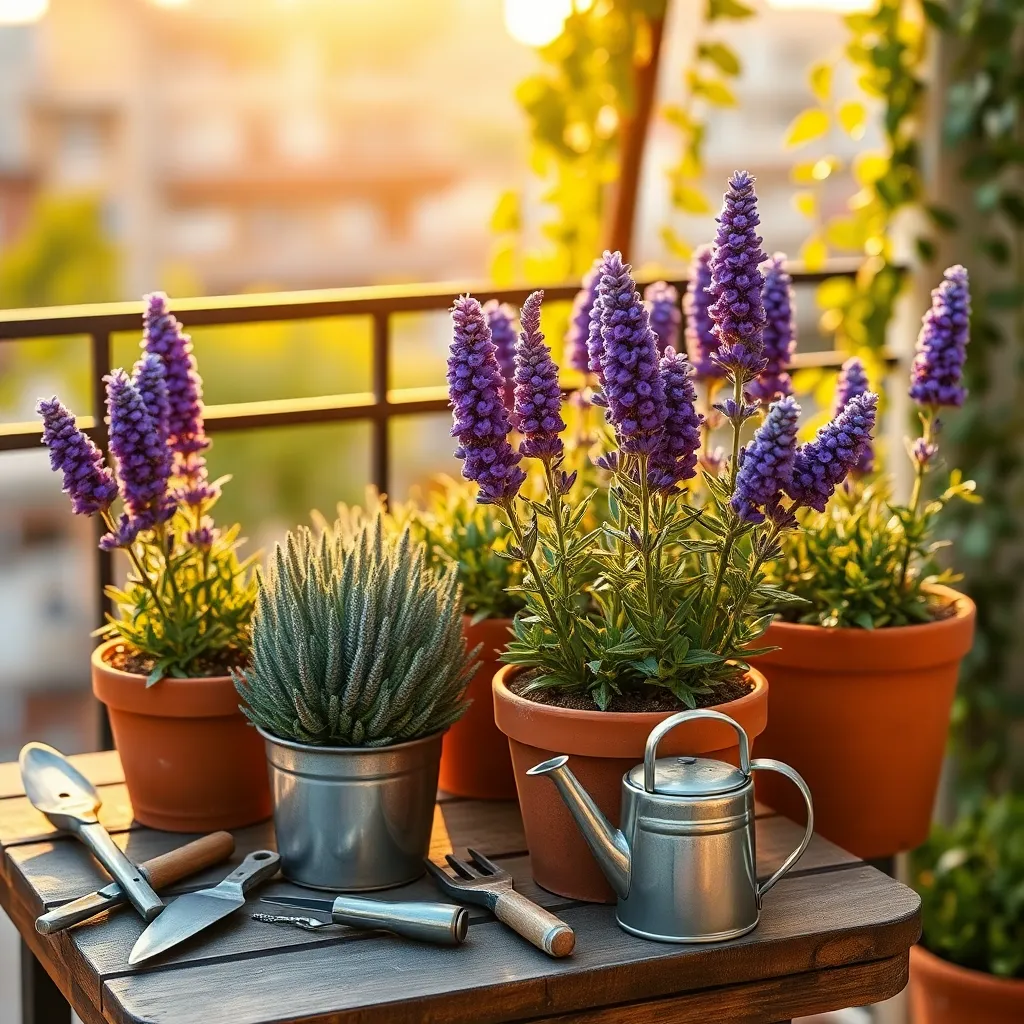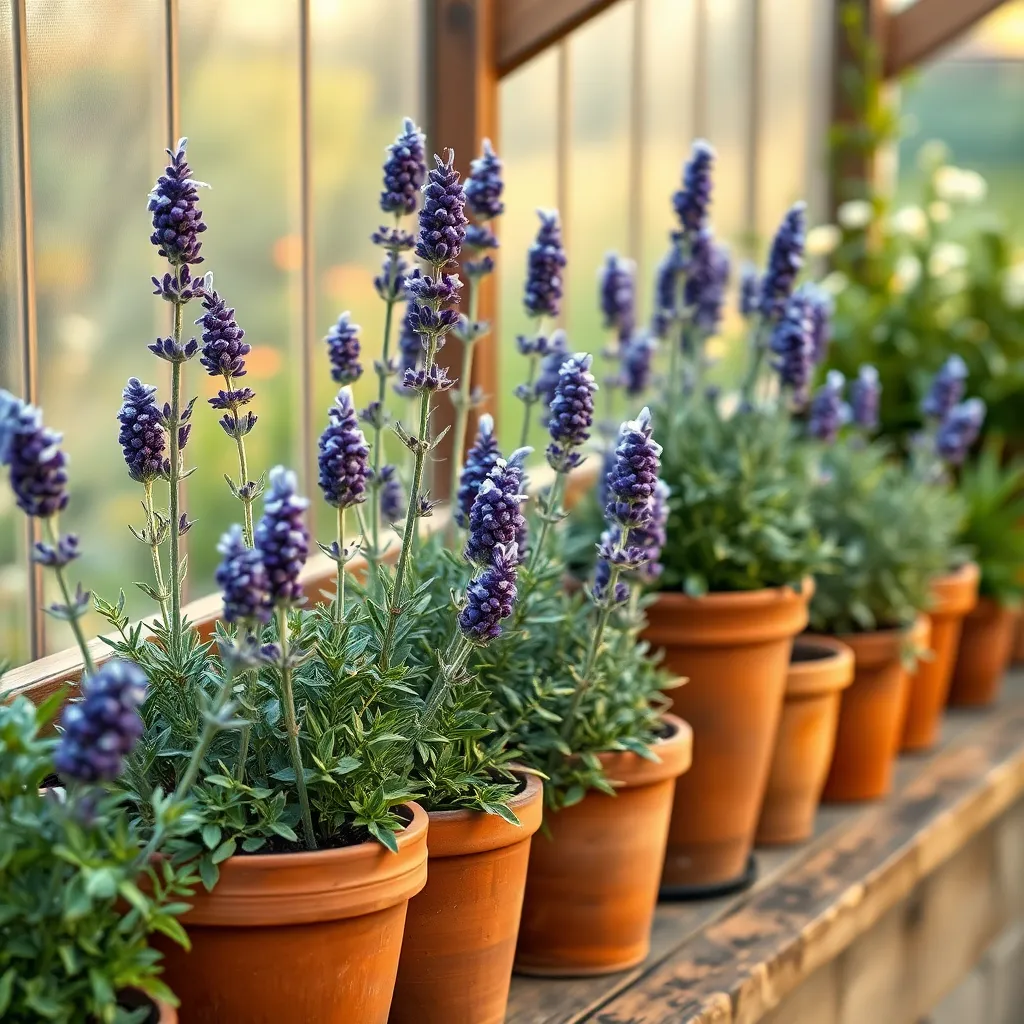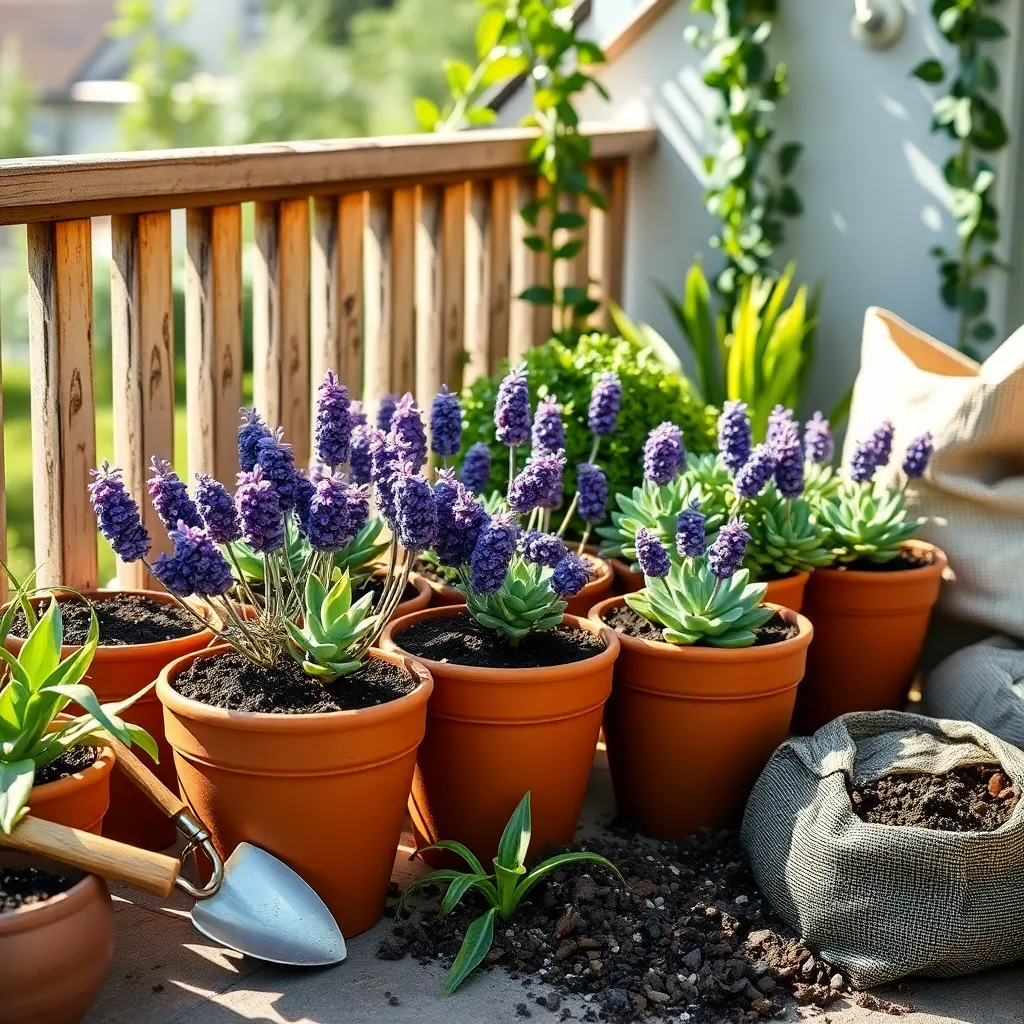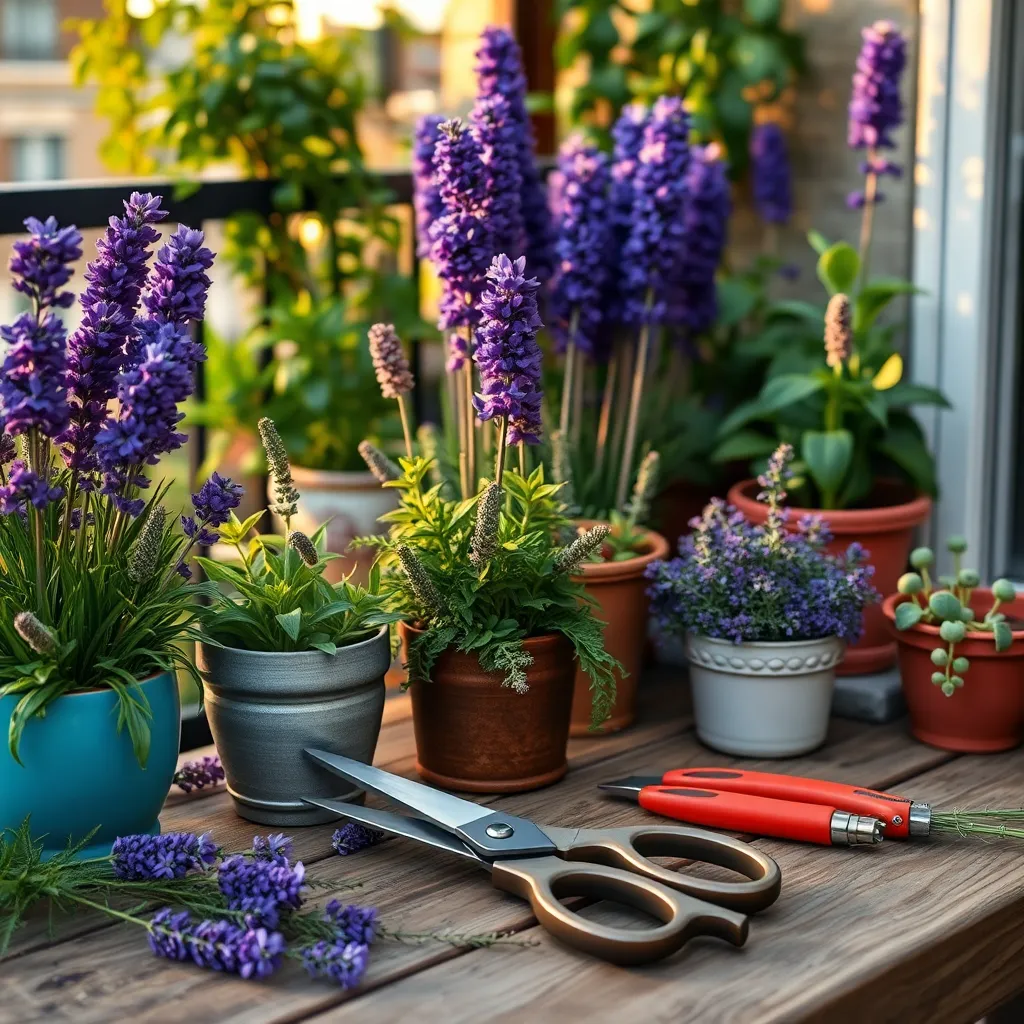Imagine stepping out onto your balcony or patio, greeted by the soothing scent of lavender, even in the heart of the city. Whether you’re a seasoned gardener or a novice with a budding interest, growing lavender in small spaces is not only possible but immensely rewarding. This beloved herb, with its silvery foliage and enchanting purple blooms, can transform even the tiniest of areas into a fragrant retreat.
In this article, we’ll explore the ins and outs of cultivating lavender when space is limited, ensuring you can enjoy its myriad benefits without needing a sprawling garden. From selecting the right variety to mastering container gardening techniques, we’ll guide you through each step with practical advice and expert tips. By the end, you’ll have the knowledge and confidence to cultivate your own lavender haven, bringing beauty and tranquility to your small space.
Choosing Compact Lavender Varieties

Choosing the right lavender variety is essential for small space gardening, as some types can grow quite large. Compact lavender varieties are perfect for containers and small garden plots, offering all the beauty and fragrance of traditional plants without overwhelming your space.
One excellent choice for small spaces is ‘Hidcote’, a compact English lavender known for its deep purple flowers and neat, mounding growth habit. This variety typically reaches about 18 to 24 inches in height, making it ideal for balcony gardens or tight spots.
‘Munstead’ is another fantastic compact lavender, growing only slightly larger than ‘Hidcote’ but still staying under 24 inches. It thrives in well-drained, sandy soils and requires full sun to maintain its signature vibrant blooms.
When planting compact lavender, ensure your pot or garden bed has adequate drainage. Lavender prefers dry conditions; overwatering can lead to root rot, so allow the soil to dry out between waterings.
For more experienced gardeners, consider experimenting with soil amendments such as adding grit or sand to enhance drainage. Regular pruning after blooming will encourage bushier growth and help maintain the desired compact size throughout the season.
Ideal Containers for Lavender Growth

When growing lavender in small spaces, selecting the right container is crucial for healthy development. Choose containers that are at least 12 inches in diameter and have good drainage holes to prevent waterlogging, which lavender dislikes.
Opt for materials like terracotta or ceramic that provide excellent breathability, helping to regulate soil moisture. These materials help maintain a consistent temperature, which is essential for lavender’s growth, especially in fluctuating climates.
Consider using a lightweight potting mix formulated for Mediterranean plants, as it provides the necessary drainage and nutrients. Incorporate a bit of sand or gravel at the bottom of the container to further enhance drainage, which is crucial for preventing root rot.
To ensure adequate sunlight, place your lavender containers in a spot that receives at least six to eight hours of direct sunlight daily. If you’re in a cooler climate, consider placing your containers on wheels or portable stands, allowing you to chase the sun throughout the seasons.
Optimal Soil Mix for Containers

Creating the optimal soil mix for lavender in containers is crucial for its success in small spaces. Lavender thrives in a well-draining soil mix, which prevents root rot and mimics its natural Mediterranean habitat.
Start by using a basic potting soil that is light and airy; this serves as a good foundation. To enhance drainage, mix in some coarse sand or perlite—about one-third of the total volume—to ensure excess water can easily escape.
It’s beneficial to add some lime to the mix, as lavender prefers a slightly alkaline soil environment. Crushed eggshells or a tablespoon of agricultural lime can be added to achieve the desired pH level, which is generally between 6.5 and 7.5.
For those with more experience, consider incorporating a small amount of well-rotted compost to provide nutrients without retaining too much moisture. However, be cautious not to overdo it, as too much organic matter can lead to excessive water retention.
Pruning Techniques for Small Spaces

Proper pruning is essential for growing lavender in small spaces, helping the plant maintain a compact and healthy shape. Begin by using sharp, clean shears to trim back the stems by one-third after the lavender blooms. This encourages new growth and prevents the plant from becoming woody and sparse.
Another key aspect of pruning is to remove any dead or damaged stems, which could attract pests or diseases. By cutting these away, you keep your lavender plant vigorous and promote air circulation, which is crucial in confined areas.
For beginners, it’s important to know that lavender should be pruned in spring or fall, depending on your climate. This timing ensures the plant has sufficient energy to recover and produce vibrant blooms in the growing season.
Advanced gardeners can also try shaping their lavender into topiaries or other creative forms, a perfect fit for small gardens or container displays. Consistent pruning not only enhances the plant’s aesthetic appeal but also maximizes flowering potential and fragrance.
Maximizing Sunlight in Limited Areas

When growing lavender in small spaces, maximizing sunlight is crucial for healthy plants. Position your pots or raised beds in the sunniest spot available, ideally where they will receive at least six to eight hours of direct sunlight each day.
Consider using reflective surfaces to increase light exposure in tight areas. Placing mirrors or light-colored walls around your lavender can help bounce sunlight onto the plants, enhancing their growth.
Choosing the right lavender variety is also essential for limited spaces. Opt for compact cultivars like ‘Hidcote’ or ‘Munstead’, which are well-suited for containers and thrive in full sun environments.
To make the most of sunlight, regularly rotate your containers to ensure even light exposure on all sides of the plants. This simple practice prevents uneven growth and helps maintain the plant’s shape and health.
Conclusion: Growing Success with These Plants
In this article, we’ve explored the aromatic journey of growing lavender in small spaces, drawing parallels to nurturing relationships. We delved into the importance of creating a nurturing environment, the value of patience and consistency, the role of clear communication for healthy growth, the need for adaptability in changing conditions, and the benefits of periodic reflection and adjustment. These concepts remind us that relationships, much like lavender, flourish with care and attention.
As an immediate step, consider one aspect of your relationship that might benefit from a little extra care today—perhaps a heartfelt conversation or a small gesture of appreciation. Just as you would ensure your lavender receives the right amount of sunlight, ensure your relationship is nurtured with understanding and love.
Remember, relationships are a continuous journey. Save or bookmark this article to revisit these concepts and keep your relationship thriving. By doing so, you’re investing in a future brimming with joy and connection. As you cultivate these key principles, envision a future where your relationship, like a well-tended lavender plant, blooms beautifully, spreading warmth and serenity in your life.

